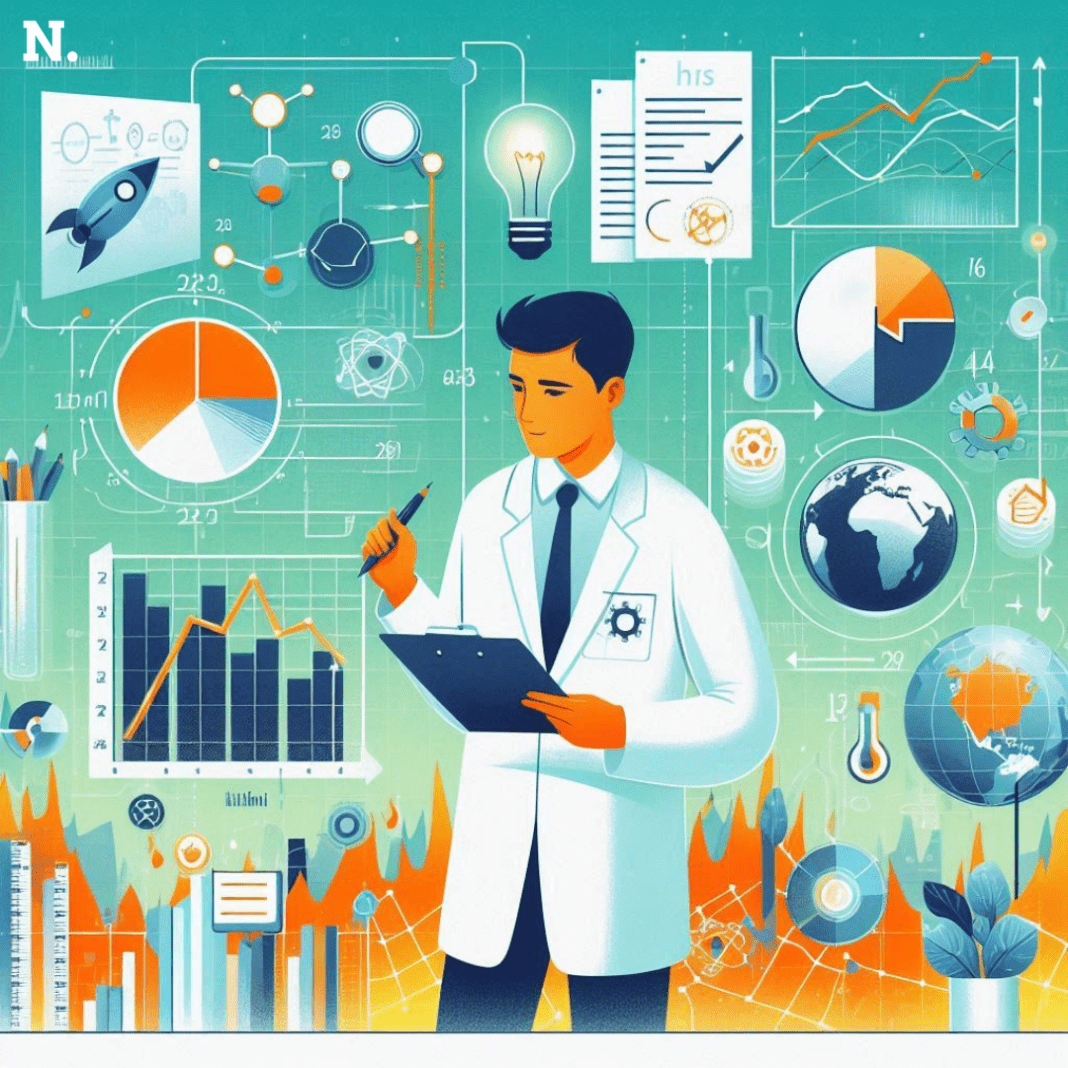The emission levels of methane are on the rise, which could jeopardize our chances of meeting the climate goals established in the Paris Agreement. A new book by Rob Jackson discusses these pressing issues. In *Into the Clear Blue Sky*, Jackson has discussed scientific, policy, and technological steps to mitigate this powerful greenhouse gas.
The Significance of Methane
Methane is generally outweighed by the most known greenhouse gas: carbon dioxide. Although CO₂ has an important role, methane is much stronger. In fact, it is about 80 times stronger over a short period of time compared to CO₂. Methane has contributed about 30% of global warming since the industrial revolution.
Through its emphasis on methane, Jackson’s book points to a paradigm shift in the discussion. International agreements, like the Global Methane Pledge, have been agreed upon by more than 150 countries. In doing so, they commit to reducing methane emissions to 30% of levels established for the year 2020 by the year 2030. It is, then, with a new sense of urgency that this issue of methane must be approached, right along with CO₂.
New Strategies in Reducing Methane Emissions
His book contains several ways of reducing methane emissions. He has demonstrated that agriculture can be changed in ways to significantly reduce methane levels, among them reducing beef consumption that leads to methane emission. Cattle are large emitters of methane and cause deforestation, which again affects methane sinks.
Climate Crisis and Global Response September 2024
Methane captured from cattle can be significantly lessened by using alternatives such as meat-free diets or feed additives. He again spells out the need for methane capture technology to be improved, which can be a solution to mitigate the effect of methane on the atmosphere.
In the book, Jackson discusses scientists and activists working to purify the atmosphere. He reveals that cutting down methane levels is one of the most important measures toward stabilizing the climate. An innovative solution is necessary from all sectors in the face of the urgency of climate crisis.
Hope for the Future
Jackson presents a story that is as much scientific as it is very personal. He shares experiences by starting with a visit to the Sistine Chapel. He draws a comparison: the restoration of art and restoration of the atmosphere. Just like the art is in need of careful attention, so is the planet.
Highbrow research in the Amazon floodplain took him to areas of natural methane emissions. However, he also exposes the area vulnerable to climate change. The devastation in the Amazon, such as recent droughts, shows up these factors.
Saudi Arabia Advances Nuclear Energy Program for Sustainable Growth
The book also shares the same opinion; controlling emissions is a must. Jackson recognizes that dealing with methane is the response to our inability to control emissions properly. However, he introduces researchers working on atmospheric removal techniques.
Jackson believes in the importance of the Global Methane Pledge. However, he argues that placing a price on methane will drive quicker action. By valuing methane emissions, we can create stronger incentives for reduction.





